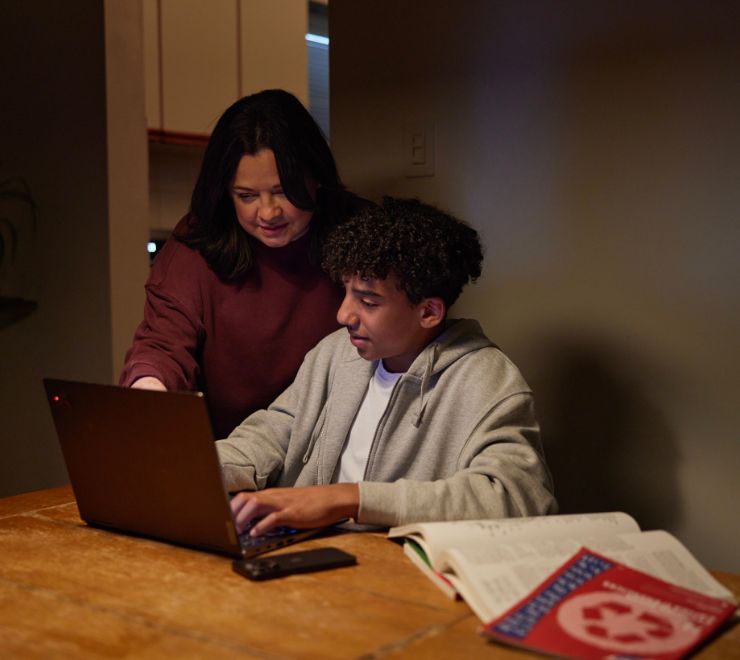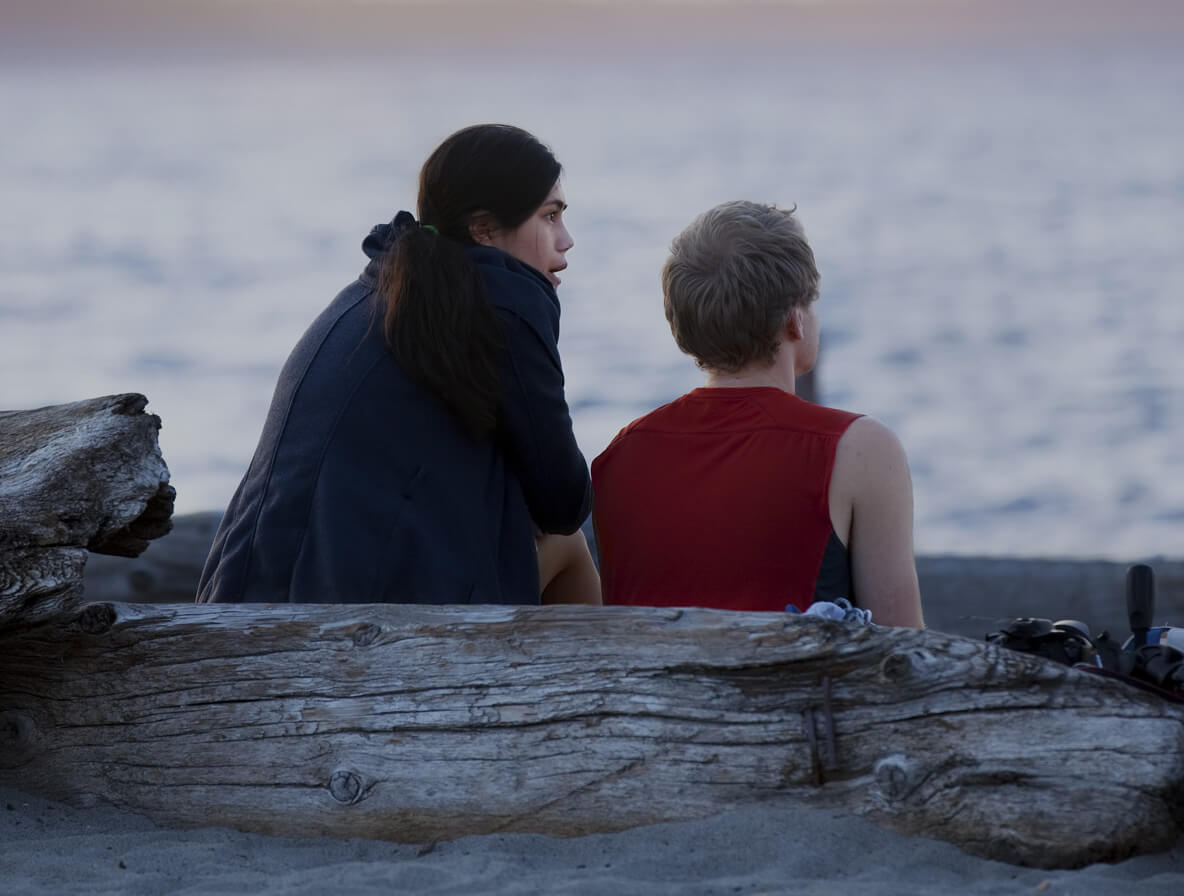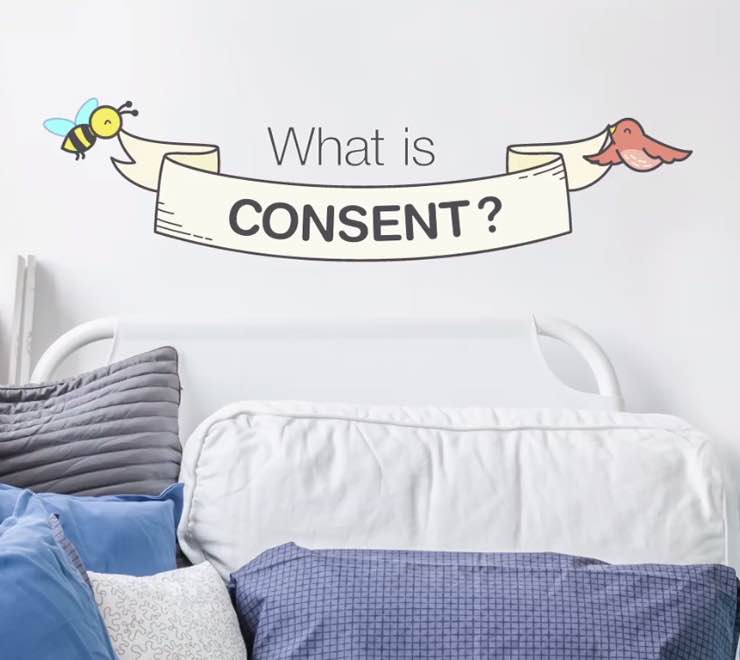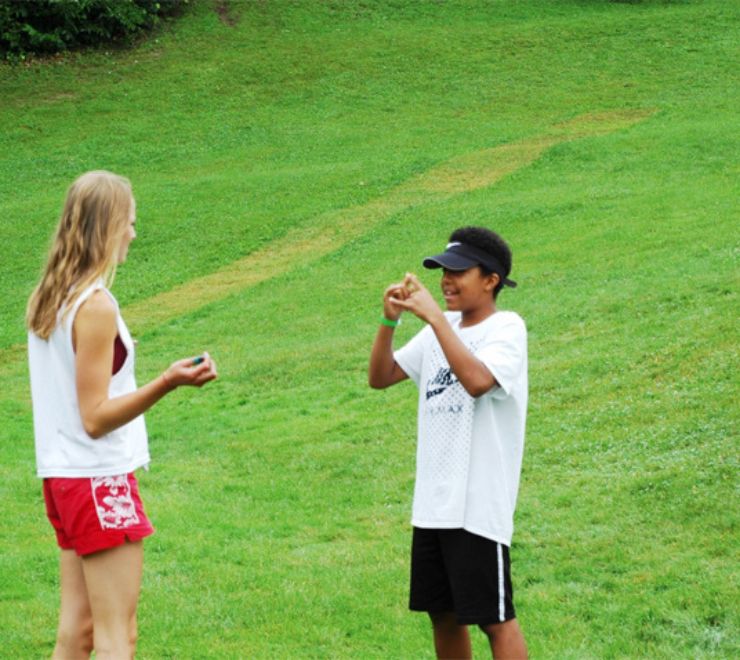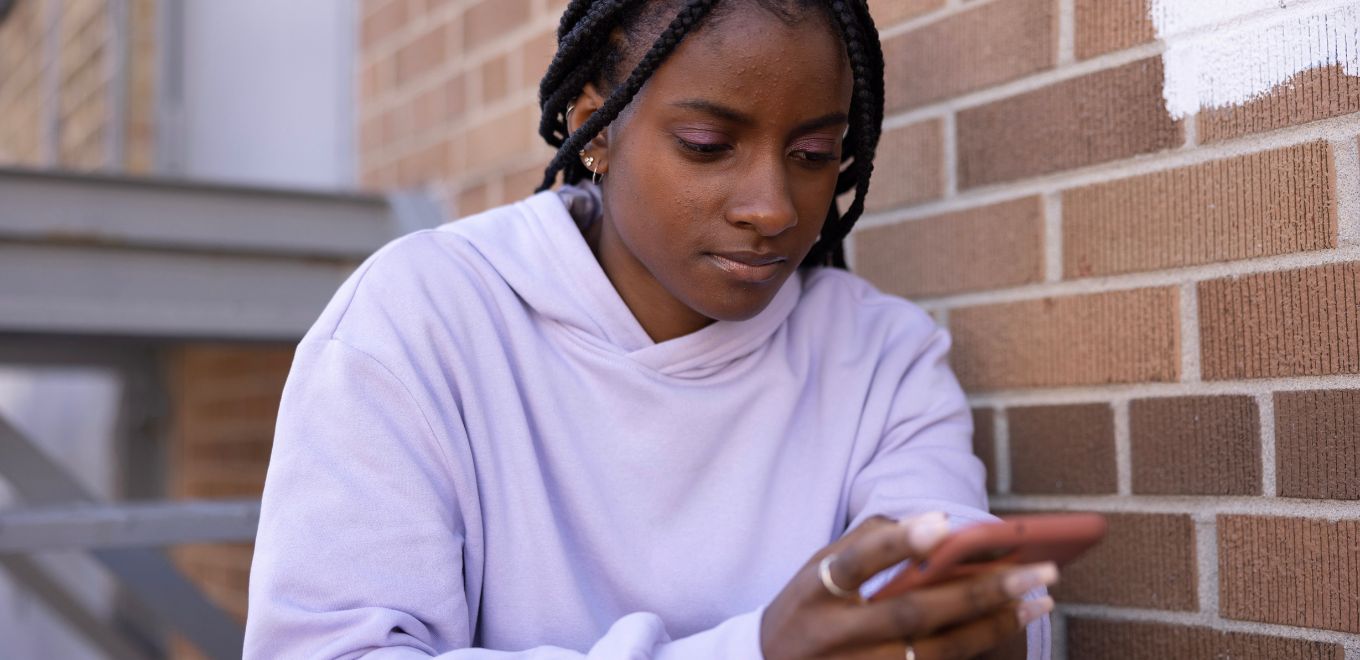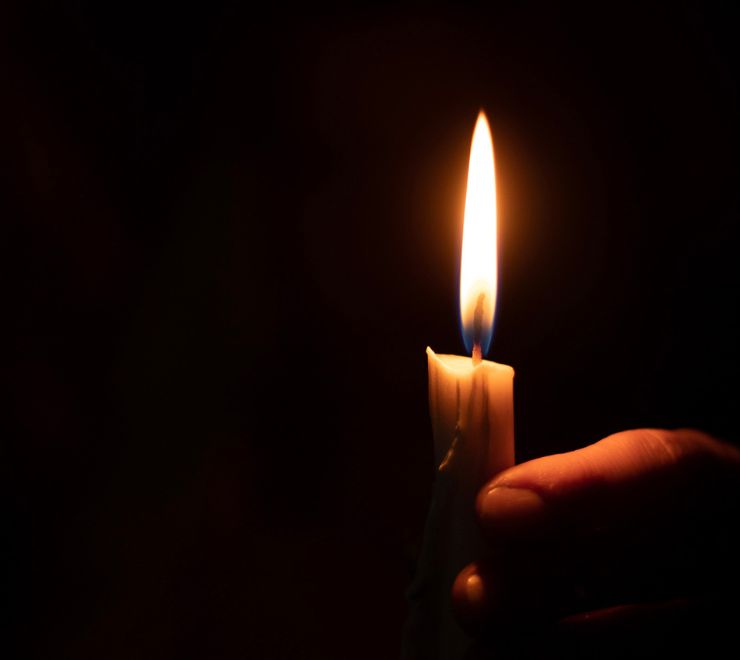Sexual harassment is never OK and can happen any time, anywhere. Here are some ways to address sexual harassment when you see it.
What is sexual harassment?
Sexual harassment is any unwanted verbal or physical conduct of a sexual nature. It can make people feel unsafe, embarrassed, offended, intimidated or belittled. Sexual harassment can take place any time, anywhere. You may witness it at school, work or in a public space. Sexual harassment should never be ignored.
Sexual harassment may include:
- sexually inappropriate comments, jokes or rumours
- inappropriate staring or physical contact (including touching)
- showing or sending unwanted sexual images
- demanding sexual favours
- any other unwanted sexual words or actions
There is no excuse for sexual harassment. It’s important to remember that enthusiastic consent is required for any sexual activity. If you don’t have consent (or if you don’t give consent), it is sexual harassment and/or sexual assault.
Here are some other things to keep in mind about sexual harassment:
- Get informed: it’s a good idea to familiarize yourself with the different types of sexual harassment. You may also want to learn about how to recognize sexual harassment if it happens around you.
- Be proactive: part of stopping sexual harassment is taking steps to prevent it before it happens. You could talk to your school or workplace about sexual harassment prevention. If they don’t have a policy, you could ask for one to be developed.
How can I address sexual harassment?
You may witness sexual harassment between strangers or people you know. If you see it, remember that it’s not your fault. You’re not responsible for anyone else’s behaviour — no matter what. You should only directly intervene if it’s safe to do so and you feel comfortable.
If it’s safe to do so, intervening during the harassment may help to stop it. Here are a few ways to address sexual harassment when you see it:
- Keep a record: in the moment, it can be hard to remember every detail of what’s happening. Take notes on your phone or a spare piece of paper in case you need to describe what occurred. You may want to jot down details like the behaviour, appearance and location of the person who is harassing others.
- Make your presence known: sometimes, having someone else nearby can help stop the harassment. The person saying or doing harmful things may feel less confident if they know they’re being watched. If something doesn’t feel right (and if it’s safe to do so), you can move closer to the person who’s being harassed. This may also help the person who’s being harassed feel like they’re not alone.
- Talk to the person: you can ask the person who’s being harassed if they’re comfortable with what’s happening. You can say, “Are you OK with this?”
- Ask the harasser to stop: it can be powerful to confront the harassment directly. You can state publicly that sexual harassment is not OK. If it’s safe to do so, consider saying, “What you’re saying/doing is inappropriate and making people feel uncomfortable. I’m asking you to stop.”
- Ask for help: you can ask a safe adult for help if you don’t feel safe or comfortable confronting the person who’s harassing others.
- Don’t engage: if you confront the person who’s harassing others and they continue their behaviour (or begin to harass you), try to avoid any further contact with them. Take a step back and ask for help.
- Take the person out of the situation: you may be able to stop the harassment by separating the people involved. You can ask the person who’s being harassed if they’d like to leave the situation. You could say, “Let’s finish our lunch somewhere else,” or “I think our next class is about to start. Let’s go.”
- Be there: once the harassment has stopped, you can check with the person who was harassed to see how they’re doing. You can ask them if they need anything or if you can call someone for them.
- Report it: ask the person who was harassed if they’d like to report the incident. If the person is uncomfortable reporting it themselves, you can offer to report it for them. If the person wants to remain anonymous, you can always report what you’ve witnessed without giving their name. Here are some ways to report sexual harassment:
- At school: report it to a teacher, principal or guidance counsellor.
- At work: report it to your supervisor, union or human resources.
- In public: report it to the police or another authority, such as a security guard.
- Contact the authorities: if you feel like the situation is unsafe, you can call 911 or the emergency services in your area. Any behaviour you think is against the law can be reported to the police. This may include threats, physical harm, stalking or sexual behaviour toward a minor.
- Get support: being a witness to sexual harassment may not be an easy thing for you to deal with. If you need support, you can talk to a parent/caregiver, friend or another safe adult. You can always contact a Kids Help Phone counsellor at 1-800-668-6868.
Sexual harassment is never OK and should not be ignored. If you see it, you can address it by asking the person who’s harassing others to stop, leaving the situation or reporting it.
Tarana Burke is the founder and director of Just Be, Inc. and the creator of the #MeToo movement. Kids Help Phone is always there for young people who experience sexual assault and harassment. We stand with everyone who tells their story using #MeToo and offer our support to anyone who needs it.

